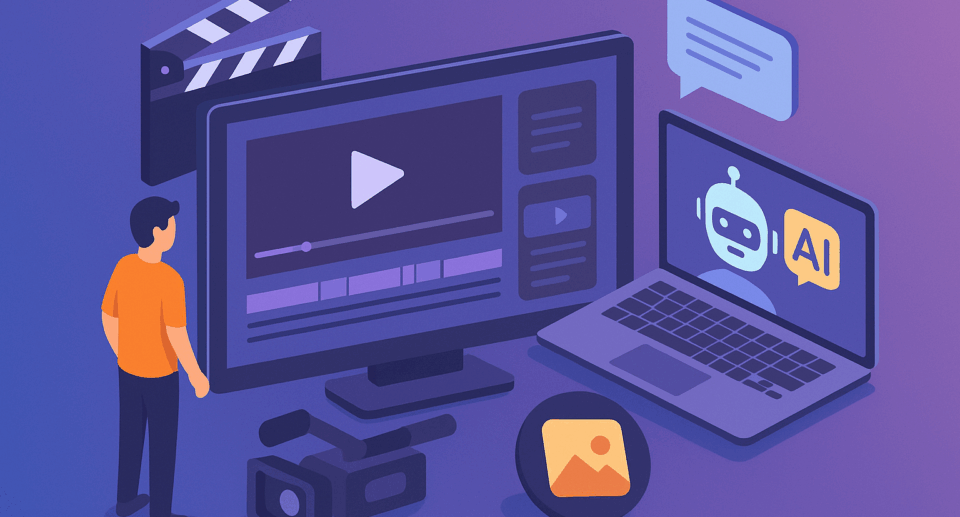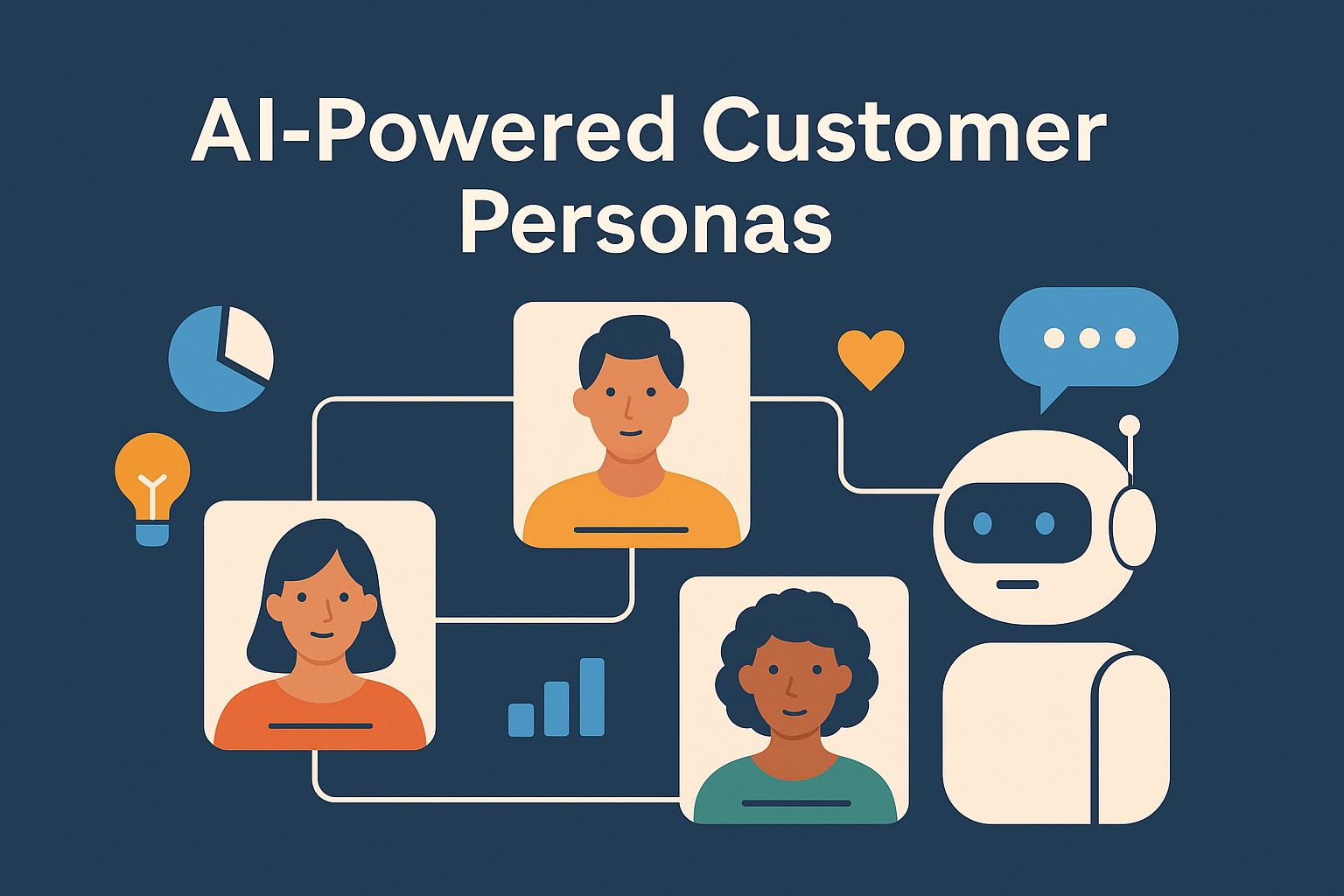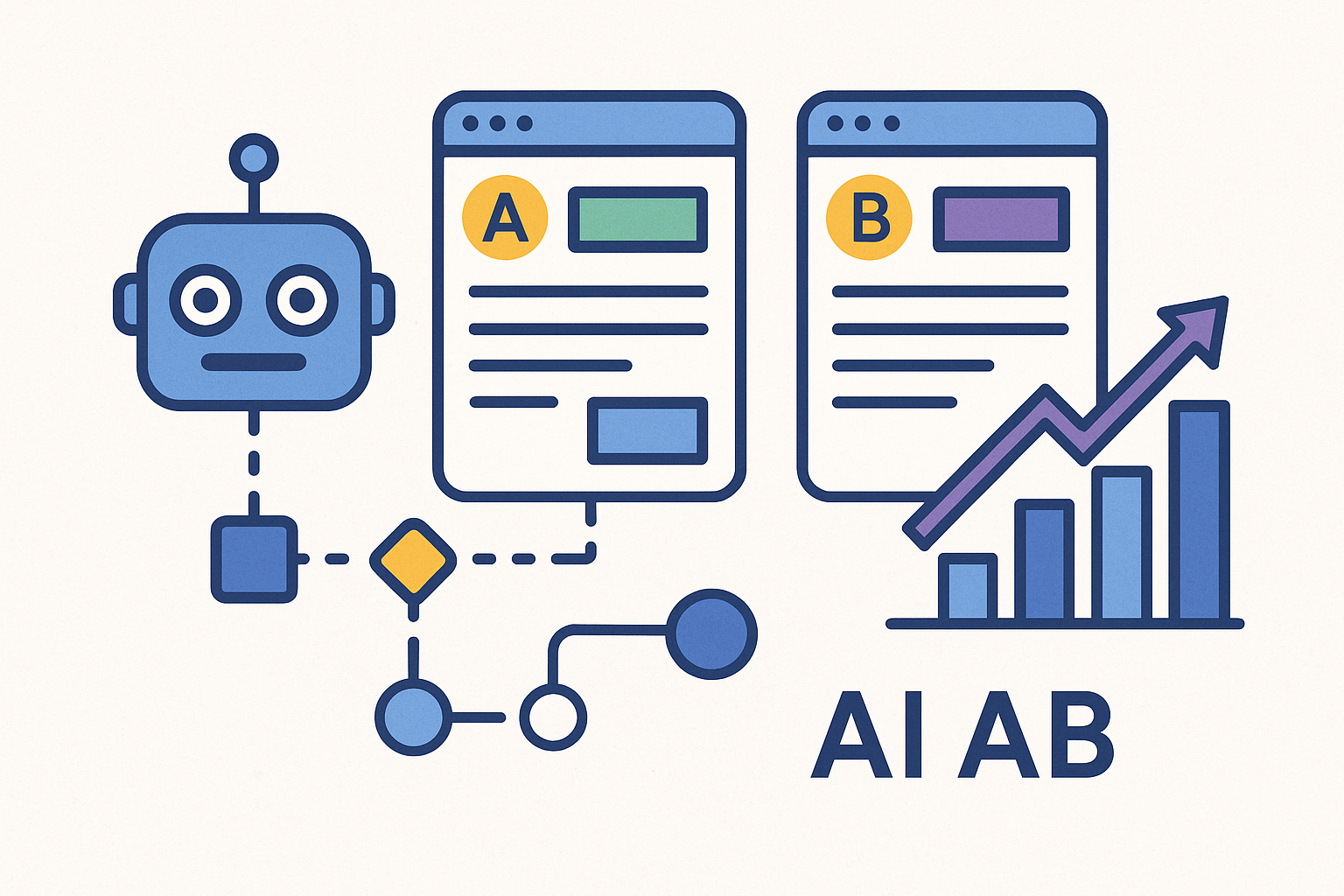Leveraging AI for Video Content Creation on a Shoestring Budget

Video is no longer optional in modern marketing.
Whether it’s a quick tutorial, an explainer ad, or a brand story, audiences expect movement, sound, and human connection. But high-quality video traditionally requires expensive gear, editing software, and a production team—none of which fit into a lean marketing budget.
The good news? AI has shattered those barriers.
Today, a solo marketer can script, create, edit, and publish compelling video content in a matter of hours—not weeks—and without breaking the bank.
In this post, you’ll learn how to turn blog posts, product features, and testimonials into scroll-stopping videos using a set of affordable AI tools.
Why Lean Teams Need Video (Now More Than Ever)
Video gets more reach. It converts better. And it builds trust faster.
According to HubSpot, 91% of marketers say video gives them a good ROI. Social platforms prioritize it. Customers expect it. But here’s the catch: traditional video creation is slow and resource-heavy. That’s where AI becomes your video partner, not just a tool.
AI simplifies every stage of video production:
- Scriptwriting: Turn blog posts into video outlines
- Voiceover: Add narration without hiring a voice actor
- Editing: Cut, animate, and format for any platform—automatically
- Publishing: Schedule across platforms from one dashboard
Let’s break this down step by step.
Step 1: Repurpose Existing Content Into a Script
You already have great material—your blog posts, landing pages, case studies. AI can summarize or adapt these into video scripts in under 5 minutes.
Tool: ChatGPT or Claude.ai
Prompt example:
“You are a video content marketer. Turn the following blog post into a 3-part video script for a short-form LinkedIn series. Keep each part under 60 seconds, use conversational tone, and end with a call-to-action.”
📌 Pro Tip: Format your script with scene cues:
- [Hook]
- [Problem]
- [Solution]
- [CTA]
This will help the AI video editors understand how to pace visuals and transitions.
Step 2: Use AI Voiceover Tools Instead of Voice Actors
Hiring voice talent can run hundreds of dollars. AI voiceover tools now sound natural enough to replace most entry-level narration—and they’re fast.
Top Tools:
- ElevenLabs (realistic human voice cloning)
- WellSaid Labs (studio-quality narration)
- Murf.ai (multiple accents and tones)
How to Use:
Paste your script, choose a voice style, adjust tone and pace, and download the MP3. Done.
📌 Pro Tip: Avoid overusing robotic or “techy” voices unless it fits your brand tone. Aim for calm, confident, or warm narration styles.
Step 3: Generate Visuals Automatically
This is where things get exciting. You can use AI to stitch together stock footage, animations, or branded scenes synced to your script or voiceover.
Top Tools:
- Pictory.ai – Converts blog posts or scripts into full videos with AI-edited scenes and subtitles.
- InVideo – Drag-and-drop AI editor with templates for YouTube, TikTok, IG Reels, etc.
- RunwayML – More advanced, real-time AI video editing and effects (great for product explainers).
Workflow:
- Upload your voiceover or text script
- Select a template or let the AI recommend visuals
- Customize scenes (colors, logos, overlays)
- Export in multiple formats
📌 Pro Tip: Stick to one visual style per series. For example, always use animated characters or always use minimal kinetic text with branded colors.
Step 4: Optimize for Each Platform Automatically
You don’t need five different edits for YouTube, Instagram, LinkedIn, and TikTok. Let AI handle resizing, cropping, and subtitles.
Tool: Descript or Opus Clip
Descript allows you to:
- Edit video like a doc (just delete words to cut scenes)
- Add captions in your brand font
- Automatically reframe to square or vertical
Opus Clip uses AI to:
- Auto-select the best 15–30 sec snippets for Reels or Shorts
- Add jump cuts, emojis, captions, and callouts
- Score each clip based on engagement potential
📌 Pro Tip: Export in vertical for TikTok/IG, square for LinkedIn/Facebook, and 16:9 for YouTube. AI tools will do most of this without you lifting a finger.
Step 5: Publish, Track, and Repurpose
You don’t need a scheduler, a spreadsheet, and six browser tabs. AI-based video platforms now include distribution dashboards.
Try:
- Metricool – AI-based scheduler + analytics
- Lately.ai – Takes long videos, finds the best clips, and auto-publishes
- Buffer or Later – Budget-friendly tools that sync with your content calendar
Make one video, get five clips, auto-schedule across four platforms, and track everything from a single dashboard.
📌 Pro Tip: Use AI-generated A/B test headlines on each platform and compare CTRs to improve your scripts over time.
Optional Step: Add AI Video Avatars or Virtual Spokespeople
Want to appear on camera without… actually being on camera?
Try:
- Synthesia.io – Create a digital avatar that speaks your script
- Hour One – Build your own AI spokesperson with your face/voice
- D-ID – Lip-sync any image or avatar to an AI voiceover
Perfect for founders who want brand presence without setting up lights and cameras.
Real Example: Blog Post to 3 Videos in 90 Minutes
Here’s a realistic workflow for a lean team using just free or freemium tools:
- Repurpose a blog post using ChatGPT → 10 minutes
- Create voiceover using ElevenLabs → 5 minutes
- Generate visuals via Pictory → 30 minutes
- Optimize formats in Descript → 20 minutes
- Schedule posts with Buffer → 5 minutes
- Export short-form cuts via Opus Clip → 20 minutes
Total Time: ~90 minutes for three publish-ready videos with voiceover, captions, formatting, and scheduling.
Final Thoughts: AI Video Is a Force Multiplier for Lean Teams
You don’t need a video department, DSLR or Final Cut Pro. You need a sharp script, a clear goal, and a streamlined AI workflow.
With these tools, you can produce YouTube ads, Instagram Reels, onboarding walkthroughs, or even LinkedIn carousels-turned-videos—on your schedule, your budget, and your terms.










